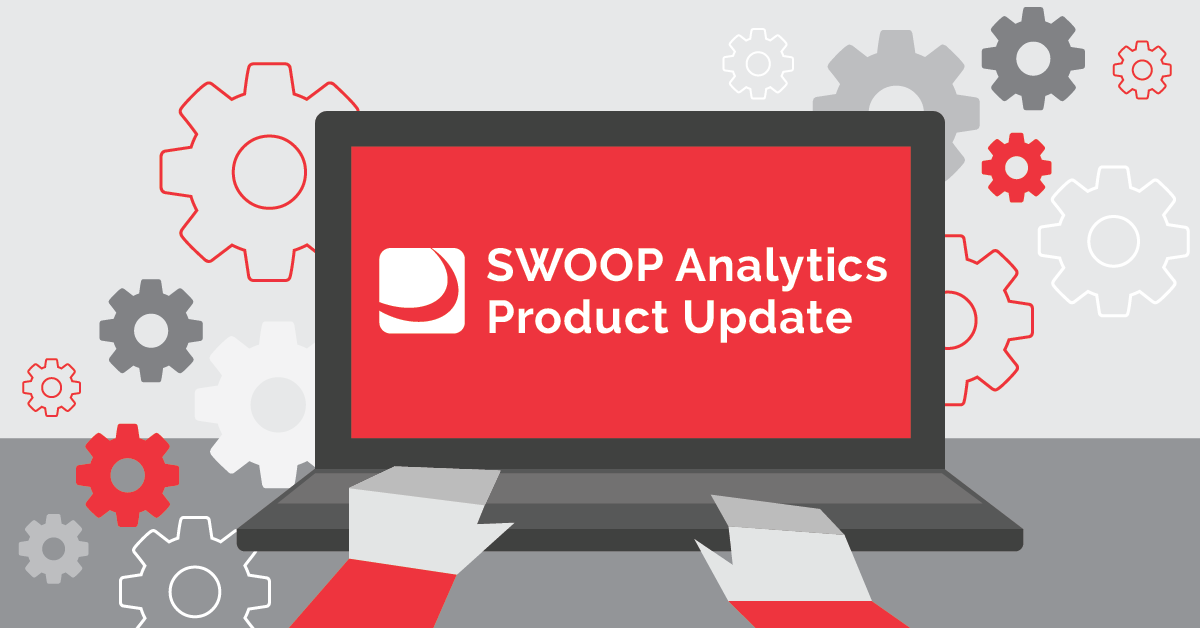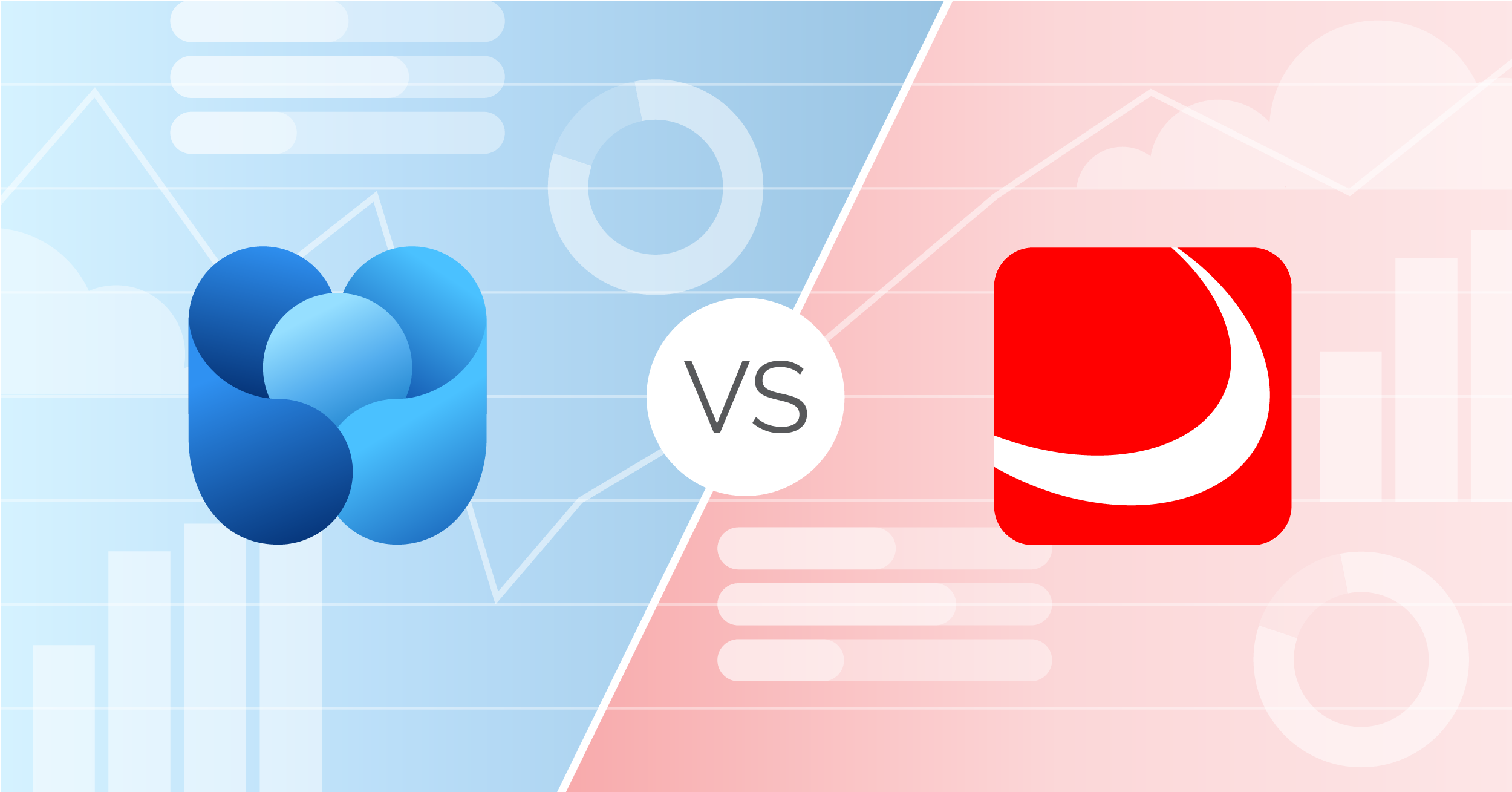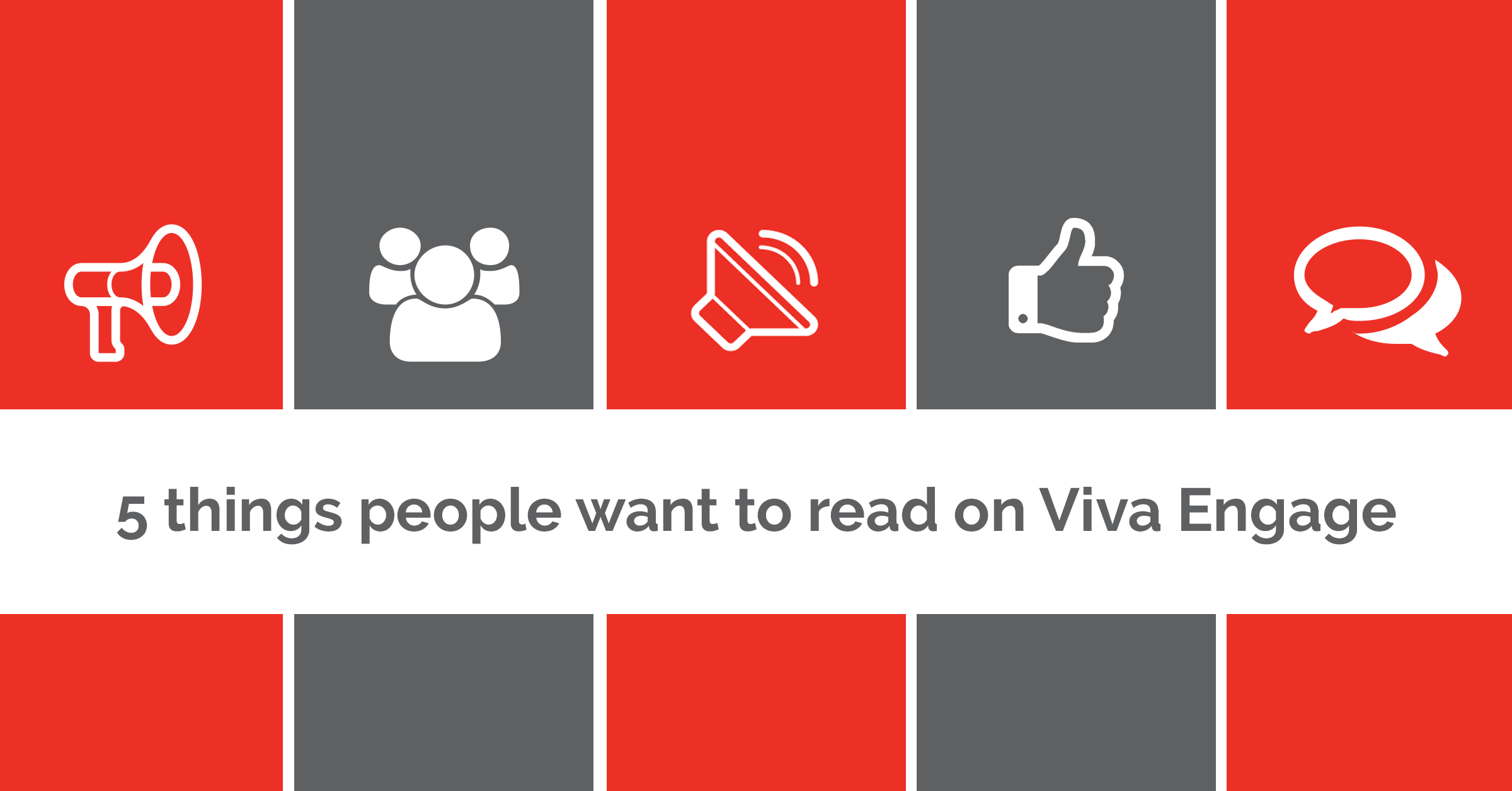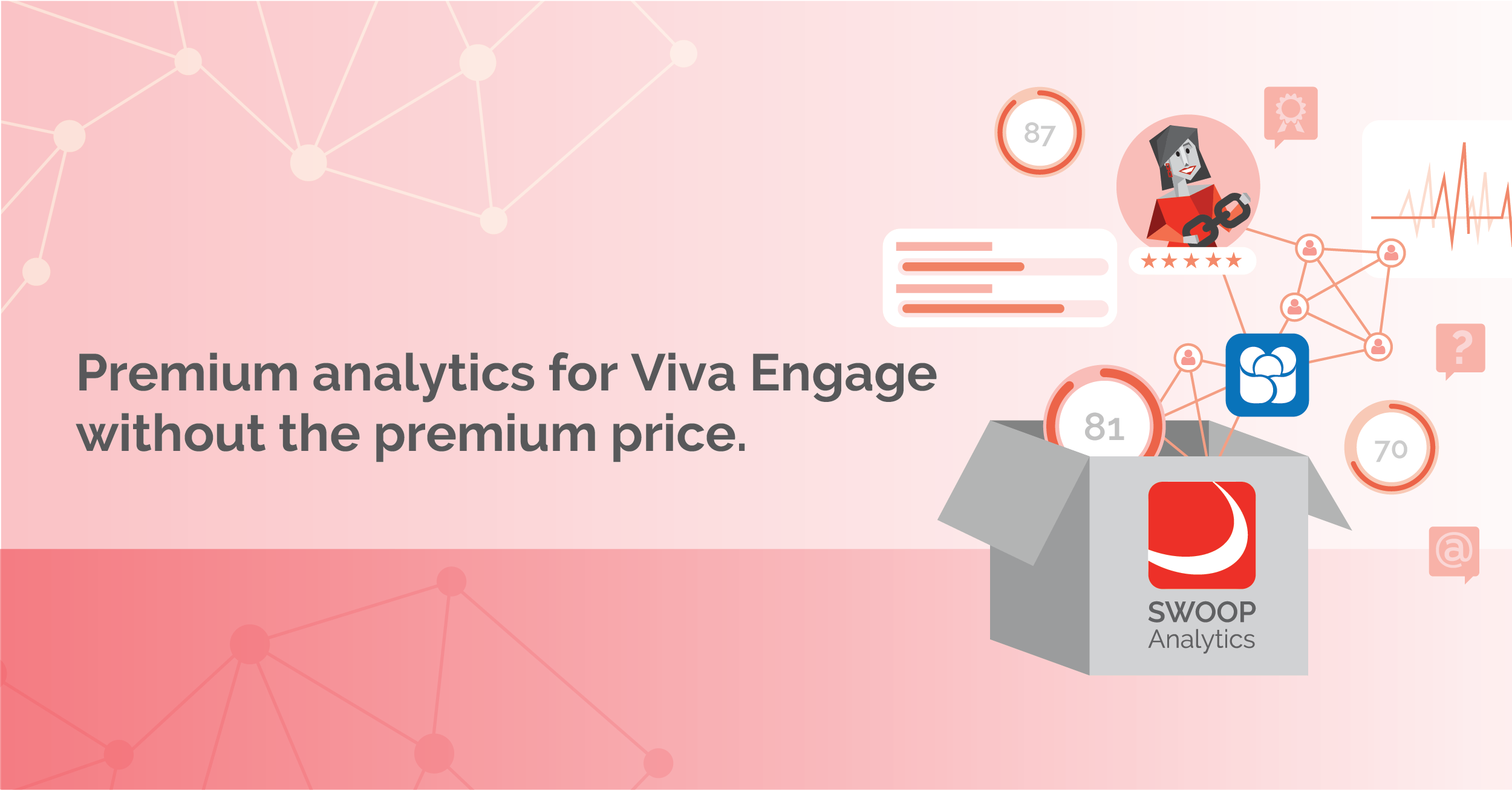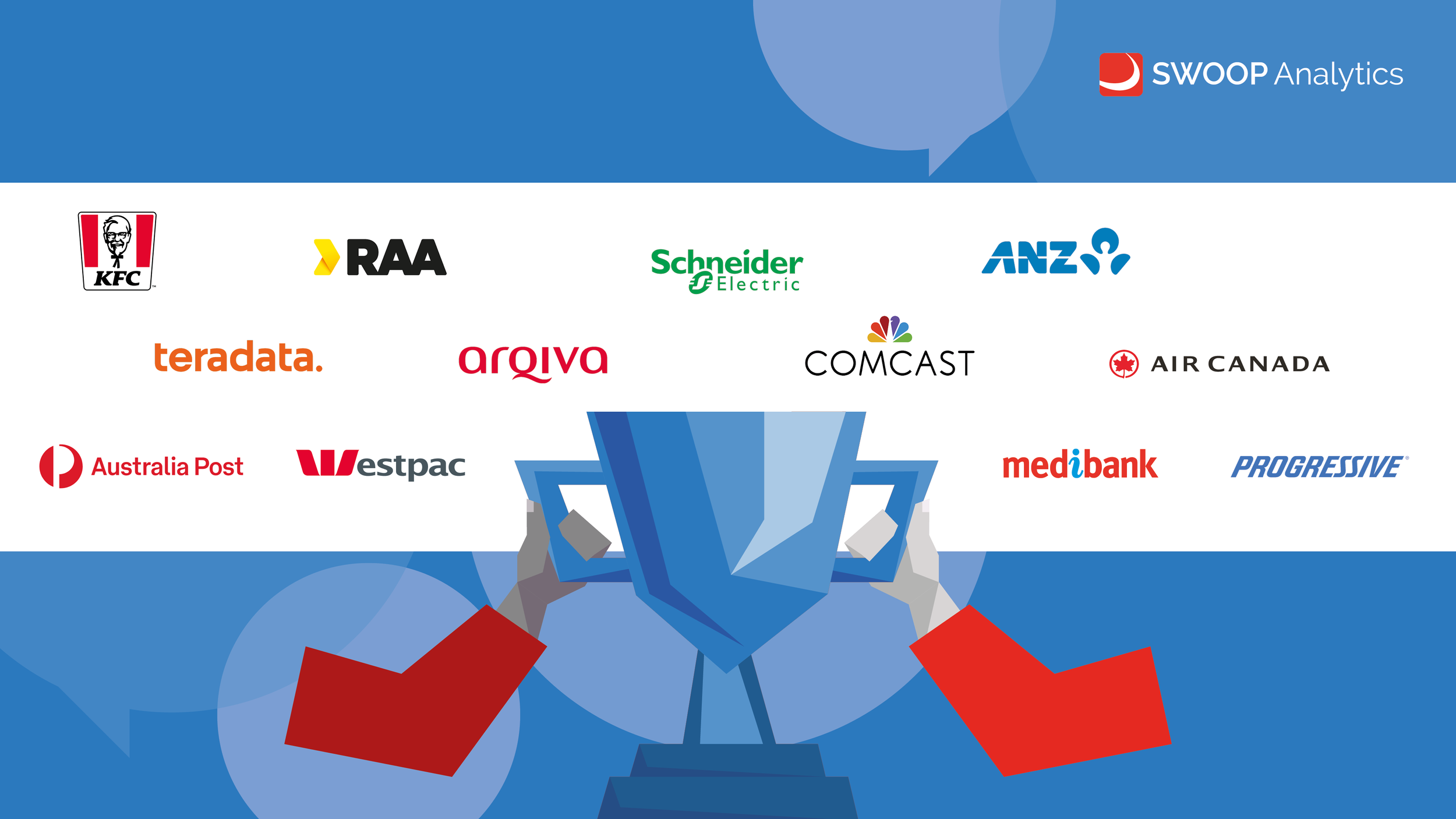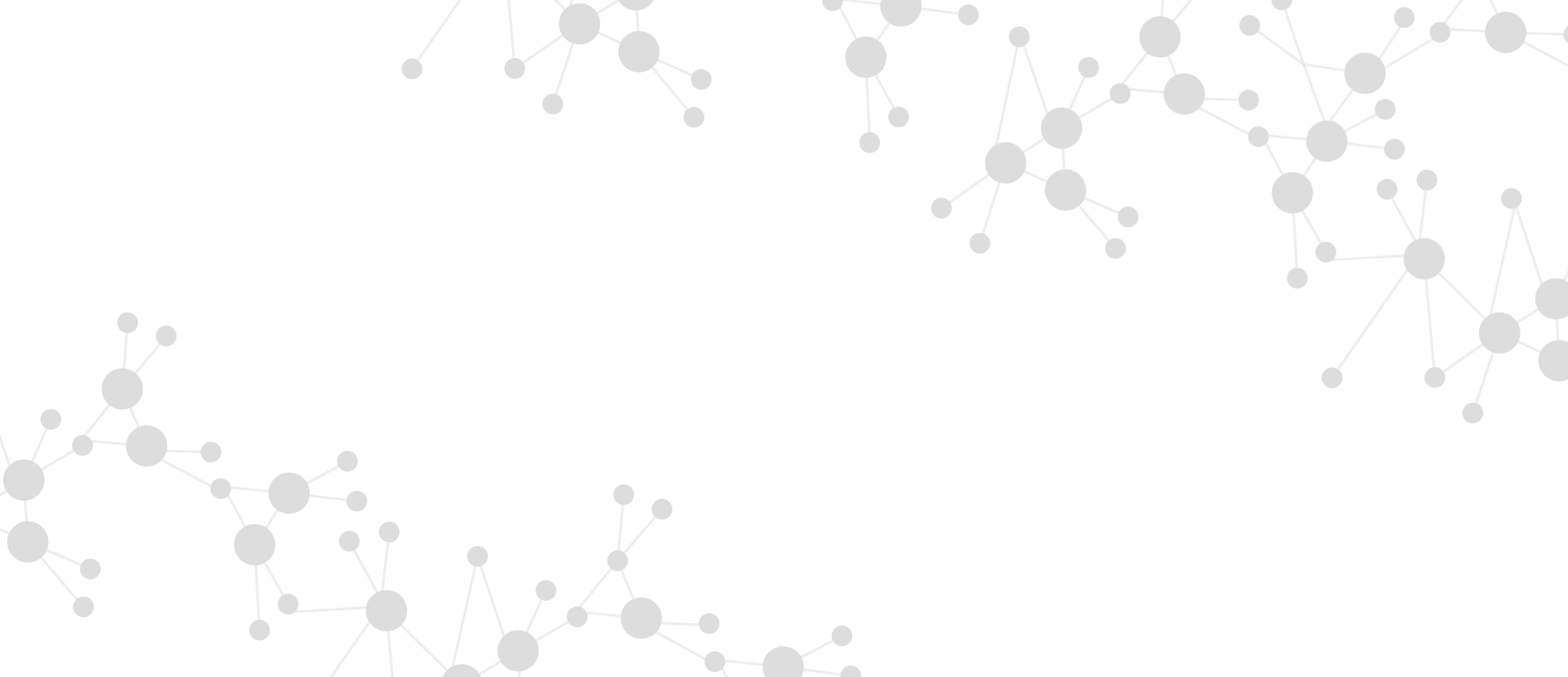
SWOOP Blog
Latest Articles
Blog Archive
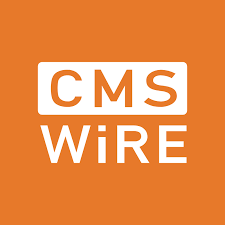
Working From Home: Are You Overworked, Overwhelmed or Overjoyed?
As we settle into our new normal, a plethora of survey-based research addressing productivity gains or losses has found those working from home are experiencing a range of emotions.

How Network Analytics Can Help Us Avoid Digital Fatigue
The working from home (WFH) mandate has inspired a love-hate relationship in many of us. What we lose in our daily commutes, we gain in digital fatigue. Too many ZOOM meetings, too much time online, too many demands are all common complaints. I previously wrote about digital overload, noting activity levels alone do not indicate overload.

One Bright Spot in COVID-19: The Rise of Self-Directed Teams
Those of you struggling with working from home (WFH) may have some doubts about this, but bear with me. If I asked you “who is in your team?” could you answer easily? Or would your answer be “well that depends ... do you mean our whole department? The people I work with the most? Which team do you mean? I’m on multiple teams.”

Measuring Our Way Back to a ‘New Normal’
Much has already been written about the new normal, when the world transitions back from COVID-19. Predictions include how workplaces will include higher proportions of virtual work, which will be no doubt be welcomed in the context of a plunging economy which forces companies to do more with less. Others suggest an even stronger "people-first" focus, with HR guru Josh Bersin calling COVID-19 the biggest thing ever to happen to employee engagement and the start of a big reset in the way we work.

COVID-19 and Working From Home: An Unprecedented Research Opportunity
Have you ever wanted to better understand how productive you, your team and your organization really are when it comes to collaboration? If ever there was a time to research the effectiveness of how an organization is collaborating, it’s now. For those of you who have undertaken any experimental research, you will appreciate how hard it is to undertake a large-scale controlled experiment.

The State of Play With Microsoft Teams
Microsoft Teams is a big deal. Not only for Microsoft, but for all Office 365 customers. It’s Microsoft’s fastest growing business product ever and has been positioned as the hub for all office collaboration activities.In this time of coronavirus-forced work from home (WFH), keeping employees engaged in their work becomes even more of a priority. What’s more, this engagement is now becoming 100% digital (at least for the coming months).

Enterprise Social Networks: An Alternative to Major Cultural Change Programs?
I've written before about how we need to move beyond the ubiquitous “culture survey” into real-time digital sensing, where we draw cultural assessments from how employees actually behave online.

Surviving the Team Collaboration Platform Invasion
A key to surviving the teams platform invasion lies in taking a purposeful, rather than ad hoc approach.

It’s Time to Get Down and Dirty With Culture and Change
While the digital world has experienced tsunami-levels of change since 1996, the same cannot be said for the world of organizational change management.

Will the ‘Real’ Digital Team Please Stand Up?
Other than simple reports on digital team size and number of messages shared, the team-level analytics currently available are rudimentary at best. My previous article on building effective digital teams examined research my company, Swoop Analytics, did on over 1,300 self-declared digital teams across several organizations using the Workplace by Facebook platform. The average membership from these "teams" was nearly 300 and therefore, most could not be considered real teams. Nevertheless, one would expect that many, in spite of their size, are gaining value from their use of the digital platform.

What Does it Take to Build an Effective Digital Team?
We recently completed what we believe is the largest study of digital team collaboration performance ever undertaken. We analyzed 1,360 digital teams from nearly 70 organizations from a full breadth of industries and geographies. The digital interactions of over 400,000 team members and nearly 2 million interactions over an extended 6-month period were analyzed. Our sample was drawn from users of the collaboration platform Workplace by Facebook, where groups have been self-identified as a team.

Move Beyond Social Media to Benchmark Your Digital Workplace Performance
Many organizations equate digital workplace performance to social media consumption. Senior leaders communicate their vision and objectives down through the organizational hierarchy, with success measured through the perceived employee engagement with those corporate messages. We have been benchmarking organizations’ digital collaboration performance for more than three years, building a database with more than 130 organizations, more than 2 million employees and more than 23 million digital interactions in the process.

Employee Experience Isn't About Mapping Journeys, It's About Bridging Organizational Tribes
Talking about employee engagement as it relates to customer engagement is all the rage these days. The idea being that happy employees equal happy customers. And along the way, some hijacked the “Customer Journey” terminology to speak of “Employee Journeys,” with the inference that a happy employee journey — typically defined by the HR touchpoints of recruitment, on-boarding, learning and development, performance assessment and exit — leads to happy customers. This analogy falls apart at journey’s end: The customer journey ends with a sale. The employee journey ends with the person leaving.

Are People Analytics the Answer to Your Employee Engagement Woes?
Deloitte's Human Capital Trends 2017 report identified "Organization of the Future" as its leading trend. The report went on to note a big shift in the way employees engage with each other, from hierarchies to networks. This social theme was reinforced in the company's 2018 report, which highlighted the rise of the “social enterprise.” The report placed an organization’s social capital as an enterprise asset on par with traditional physical and intellectual property assets. Deloitte emphasized the importance of a harmonized leadership team in building the social enterprise, with collaboration needed at all levels.

Can Artificial Intelligence Help Us Tell Fact From Fiction?
It sounds paradoxical: can something artificial help us understand what's real and what isn't? Social media platforms like Facebook and Twitter are pinning their hopes on this possibility in their fight against "fake news”.

What Real-Time Collaboration Data Can Tell Us About Gender Diversity
Do men show an unconscious bias against women at work? Are men slower to respond to women in the workplace? Are women quick to respond because they feel they need to advance their own agendas, given that men still dominate senior management levels? The answers to those questions could reveal a dynamic in the workplace that could disadvantage women.

How AI's Answer to Cyberbullying Can Help in the Workplace
Just as social media platforms use artificial intelligence to flag bullying, businesses can use AI to analyze discussions and improve negotiating tactics.

Could the iPhone Have Been Invented in Today's Digital Workplace?
Could Apple's iPhone have been developed more effectively in an open digital workplace instead of a secretive environment? Largely, the answer is yes.

When Artificial Intelligence Sentiment Analysis Meets Yammer
Bringing some of Microsoft's artificial intelligence capabilities to bear on collaboration tools opens up a new realm of productivity.

Would a BYO (Digital Tools) Approach Work for Your Company?
When it comes to choosing team collaboration tools, enterprise IT should embrace the BYOD model and let end users decide.

